shadowImage property of UITabbar is responsible for this border line (gray colored shadow) on UITabbar. Update value of this property to remove it.
Try this,
** Objective-C **
//Remove shadow image by assigning nil value.
[[UITabBar appearance] setShadowImage: nil];
// or
// Assing UIImage instance without image reference
[[UITabBar appearance] setShadowImage: [[UIImage alloc] init]];
** Swift **
//Remove shadow image by assigning nil value.
UITabBar.appearance().shadowImage = nil
// or
// Assing UIImage instance without image reference
UITabBar.appearance().shadowImage = UIImage()
Here is apple guideline for shadowImage
@available(iOS 6.0, *)
open var shadowImage: UIImage?
Default is nil. When non-nil, a custom shadow image to show instead of
the default shadow image. For a custom shadow to be shown, a custom
background image must also be set with -setBackgroundImage: (if the
default background image is used, the default shadow image will be
used).



